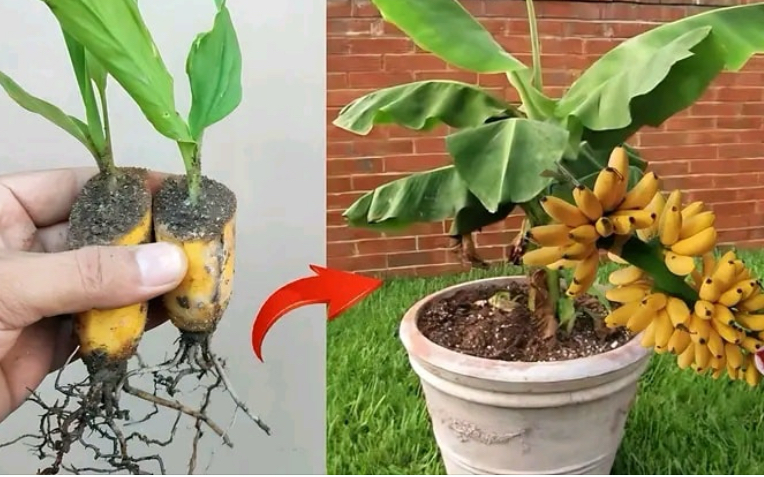Materials Needed
Sharp grafting knife
Grafting tape or rubber bands
Rootstock and scion wood
Pruning shears
Rubbing alcohol (for sterilization)
Grafting sealant or wax
Step-by-Step Guide
1. Choosing Rootstock and Scion
Rootstock: Select healthy, disease-resistant rootstock compatible with the scion variety.
Scion: Choose scion wood from a healthy, productive tree, ensuring it matches the rootstock diameter and has several buds.
2. Timing
Best Season: Late winter or early spring before buds swell.
3. Preparing the Tools
Sterilize Tools: Clean with rubbing alcohol to prevent disease transmission.
4. Making the Cuts
Rootstock Cut: Make a clean cut on the rootstock (whip and tongue, cleft, or bark graft depending on size).
Scion Cut: Match the cut on the scion to the rootstock. For whip and tongue grafts, make a diagonal cut with a small slit.
5. Joining Rootstock and Scion
Align Cambium Layers: Carefully align the green cambium layers.
Secure the Graft: Bind with grafting tape or rubber bands to ensure good contact.
6. Protecting the Graft
Seal the Graft: Apply grafting sealant or wax to prevent moisture loss and disease.
Labeling: Label with the date and varieties of rootstock and scion.
7. Aftercare
Watering: Keep well-watered but avoid waterlogging.
Sunlight: Place in indirect sunlight to avoid stressing the graft.
Pruning: Remove shoots below the graft union to direct energy to the scion.
8. Monitoring and Maintenance
Check the Graft: Inspect regularly for new growth and signs of failure.
Remove Tape: Once healed, remove the tape to prevent girdling.
Support: Provide support if needed to protect the graft.
Tips for Success
Practice Makes Perfect: Grafting improves with practice. Experiment with different techniques.
Healthy Materials: Use healthy, disease-free rootstock and scion.
Patience: Allow time for the graft to heal and grow. Don’t be discouraged by initial failures.
By following these steps, you can successfully graft fruit trees, enjoying the benefits of improved fruit quality and tree performance.
